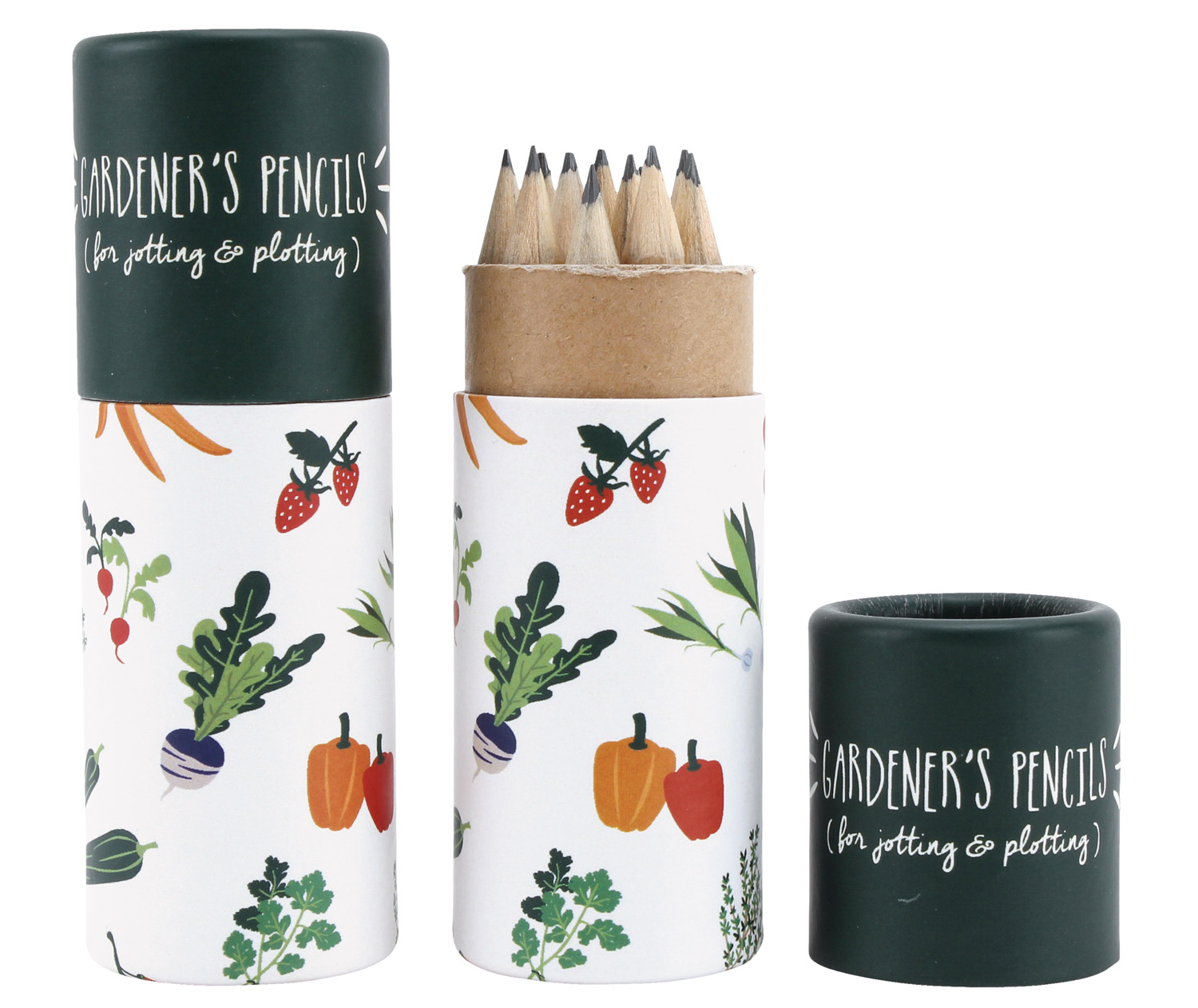What are the current trends with regard to cooling? We speak with Big Ass Fans’ in-house design expert Rebecca.
- Are today’s fans making more of a design statement than they once did? If yes, in what ways (ie are you seeing curved blades or organic shapes coming through, interesting materials etc)?
-
- Today’s ceiling fans are making more of a design statement than traditional fans that utilise flat paddle blades, with the use of Haiku’s aviation-inspired airfoils that feature a patented twisting, sculpted design, Haiku produces more air while using less energy than a typical ceiling fan.
- Traditional ceiling fans have multiple moving motor components that start to tick and rattle over time. Haiku’s sleek look conceals patented electronics and a cool-running inverter motor that delivers an 80% improvement in energy efficiency over conventional ceiling fans, resulting in smooth, silent airflow.
- With the emergence of smart homes and building integration, the ability to integrate a home’s ceiling fans to the home automation system is gaining popularity.
- What’s trending in ceiling fans in terms of colour and material?
-
- There is increasing demand for higher quality materials and more colour options from standard white and stainless steel options.
- 3. What are the main 2-3things to look for in a quality indoor ceiling fan? Ie what are the best materials, motor type, warranty length etc?
- Speed control is an important feature of a fan. While traditional ceiling fans usually only offer 3-speed options, Haiku offers 7-speed options.
- Cana light be integrated and is it an LED light? Haiku’s patented LED light is 80% more efficient than incandescent bulbs and lasts for 50,000 operating hours. The LED light can be adjusted to 16 unique brightness levels.
- Is hand balancing required? Traditional ceiling fans require the balancing of fan blades after the fan has been installed. Haiku undergoes a 13-step balancing test with extremely delicate sensors indicating the appropriate weight-angle ratio. Haiku fans do not require hand balancing and will never rock, wobble or rattle!
- What are the main 2-3to look for in a quality outdoor ceiling fan?
- Is the material intended for outdoor use? Stainless steel is still subject to corrosion over time whileHaiku’s aircraft-grade aluminium won’t droop, wobble or fade.
- What is the warranty period? HaikuOutdoor fans come with a 3-year warranty.
- Does blade length affect the cooling potential of a ceiling fan? If yes, what blade length should you look for to suit: a) a small bedroom; b) a moderately-sized open-plan room?
- Yes, the longer the fan blade, the larger the area it will cover. Our fan diameters and corresponding coverage areas are listed below:
- 3m (52″) covers up to 4m x 4m
o 1.5m (60″) covers up to 6m x 6m
o 2.1m (84″) covers up to 9m x 9m
- In which situations might you want to install 2 ceiling fans- ie rooms of what size?
- When the length of space is longer than its width, a two fan layout will provide more even airflow coverage to space.
- 7. What’s the right hanging height for an indoor ceiling fan to optimise cooling?
- For ceilings as low as 2.4m our low profile mount (300mm) complies with the residential building code that states no obstruction should hang lower than 2.1m.
- The higher the ceiling the lower the drop tube required. We have tubes as long as 1.7m, accommodating ceilings up to 6m high.
For more information



















